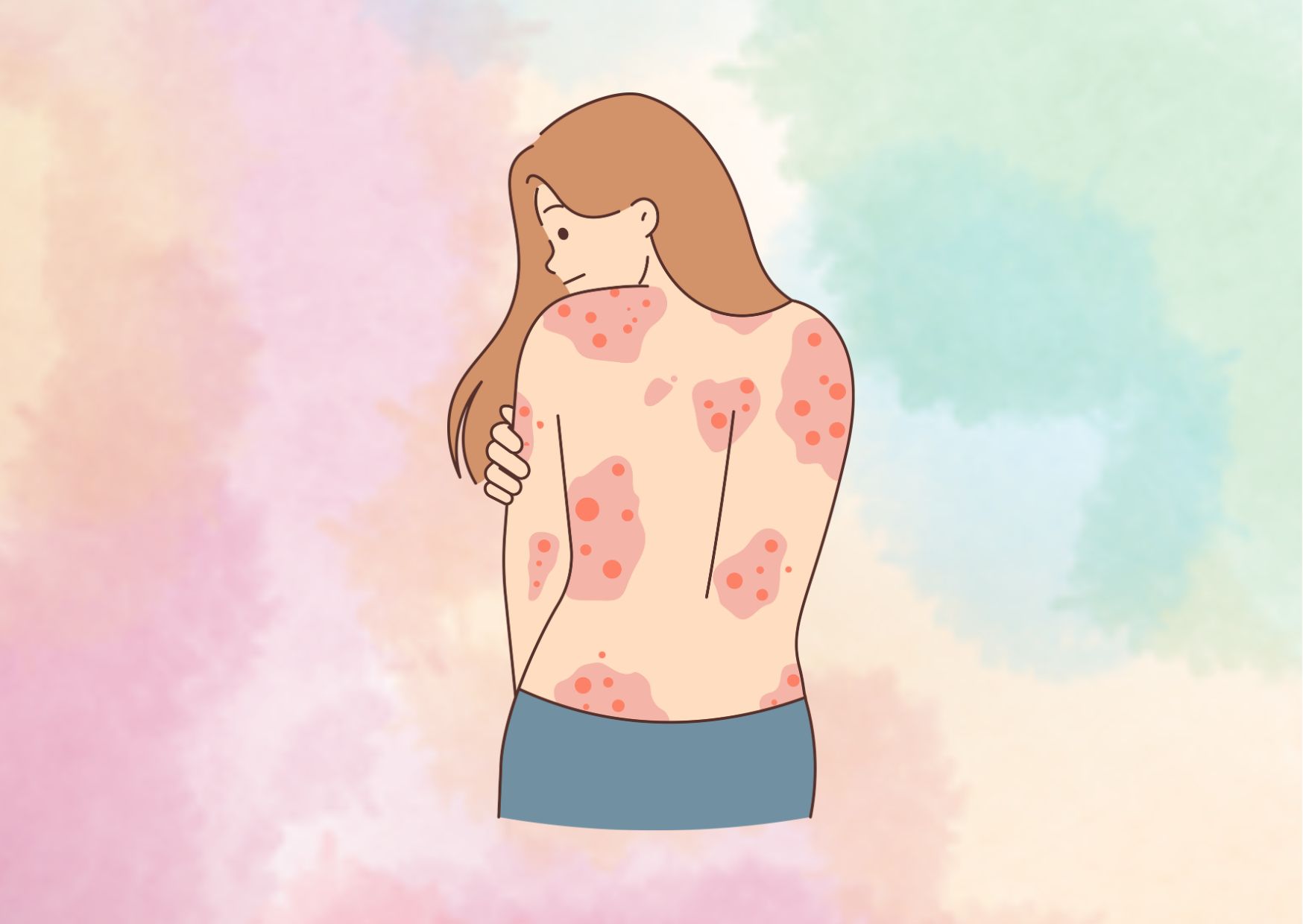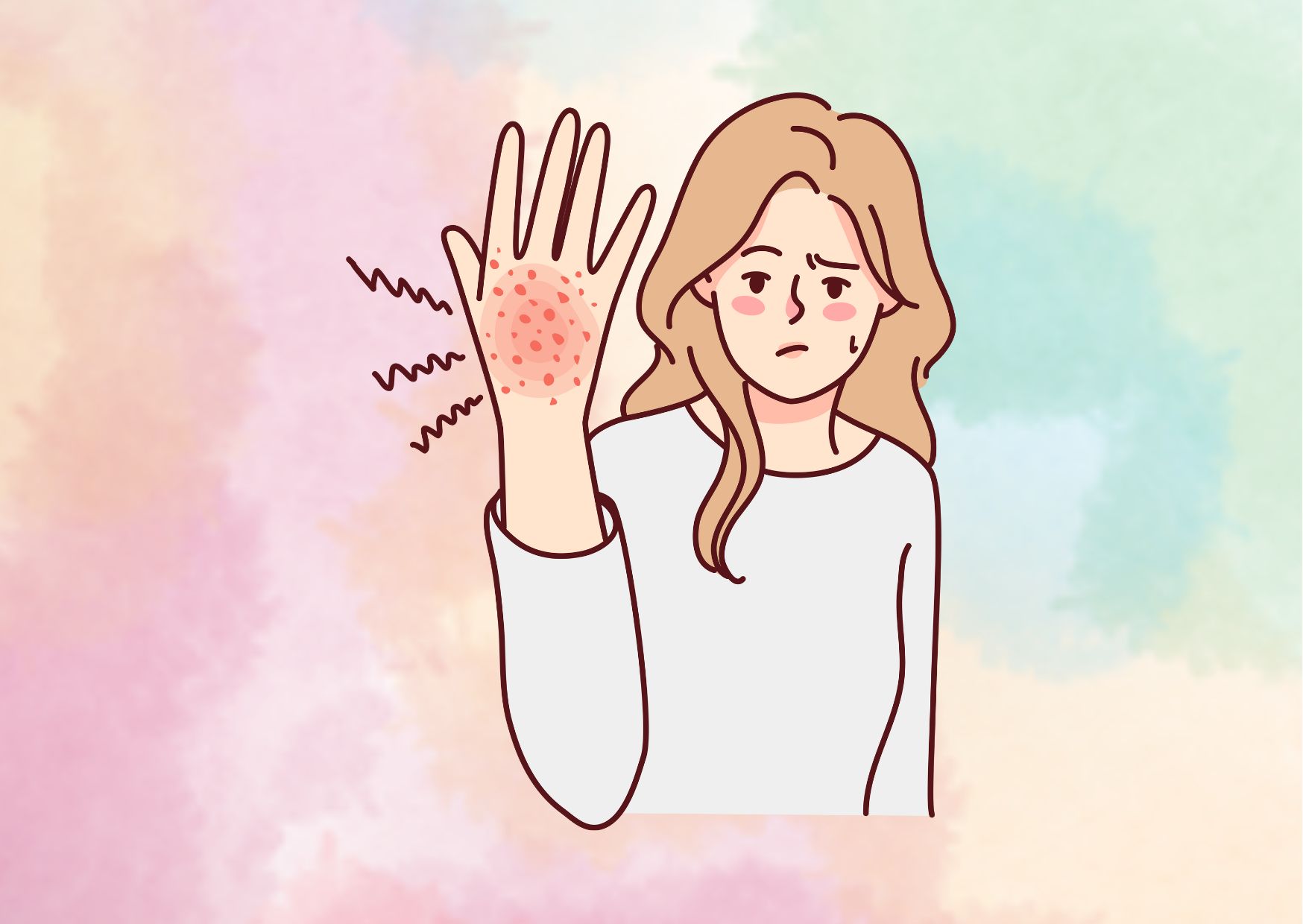How to Identify and Treat a Stress Rash Effectively
Stress can manifest itself in various ways, and one such manifestation is a stress rash or hives. These skin eruptions can range from mild to severe, causing discomfort and impacting one’s quality of life. A stress rash can appear on any part of the body, including the face, neck, chest, hands, or legs, and may present as raised, itchy bumps or welts.
This article will explore the causes and types of stress rashes, providing insights into identifying and distinguishing them from other skin conditions. Additionally, we will discuss effective home remedies and medical treatment options to alleviate the symptoms of a stress rash. Lastly, we will delve into stress management techniques to prevent future flare-ups, particularly for those prone to conditions like eczema or anxiety-induced rashes.
What is a Stress Rash?
A stress rash, also known as hives or urticaria, is a skin condition characterized by raised, discolored bumps or welts on the skin. These rashes often appear as a physical manifestation of stress, anxiety, or an allergic reaction.
Definition and Characteristics
Stress rashes are a type of hives, which are swollen, itchy areas of the skin that can range in size from small, pea-sized bumps to large, dinner plate-sized welts. These wheals or welts can appear anywhere on the body, including the face, chest, neck, arms, and legs.
Common Appearance and Symptoms
The appearance and symptoms of a stress rash can vary depending on an individual’s skin tone and the severity of the condition. Here are some common characteristics:
- Raised, discolored bumps or welts: In individuals with fair or pale skin, stress rashes often appear as red or pink discolorations. For those with darker skin tones, the affected areas may appear slightly pink or a slightly darker shade than the natural skin tone.
- Varying sizes: The size of the welts can range from small, pencil-tip-sized bumps to large patches covering extensive areas of the skin. Sometimes, these patches may connect to form even larger welts.
- Itching and discomfort: Areas affected by stress rashes are likely to itch. Individuals may also experience a tingling or burning sensation when touching the affected areas.
- Temporary nature: A single hive or welt typically fades within 24 hours. However, new hives may form as old ones disappear. If multiple appearances of hives occur, the symptoms can persist for about 6 weeks, which is considered acute hives.
It’s important to note that while stress rashes are generally harmless, they can be uncomfortable and may indicate an underlying condition or allergy, especially if accompanied by other symptoms such as fever, skin peeling, or blisters. In such cases, it is advisable to seek medical attention promptly.
Causes of Stress Rashes
Stress can trigger a variety of physiological changes in the body, leading to the development of stress rashes or hives. These changes can occur due to the following reasons:
Physiological Changes Due to Stress
- Hormonal Imbalances: Stress causes the body to produce higher levels of hormones like cortisol. This hormonal imbalance can stimulate the skin’s oil glands to produce excess oil, making the skin more prone to acne, rashes, and other skin problems.
- Immune System Dysregulation: Stress can disrupt the normal functioning of the immune system, leading to an overactive or underactive immune response. This dysregulation can cause the immune system to mistakenly attack the body’s own tissues, resulting in inflammation and the development of hives or rashes.
- Vascular Changes: Stress can trigger the expansion of blood vessels and cause them to leak, leading to the formation of red, swollen patches or welts on the skin. These changes are caused by the release of various stress mediators, such as neuropeptides and cytokines.
- Impaired Skin Barrier Function: Stress can impair the skin’s barrier function, making it more susceptible to irritants, allergens, and infections. This can lead to the development of rashes or exacerbate existing skin conditions.
Stress as a Trigger for Existing Skin Conditions
Stress can also exacerbate or trigger flare-ups of pre-existing skin conditions, such as:
- Eczema (Atopic Dermatitis): Stress can worsen the symptoms of eczema, causing the skin to become dry, itchy, and inflamed.
- Psoriasis: Stress can trigger or worsen psoriasis flare-ups, leading to the development of red, scaly patches on the skin.
- Rosacea: Stress can aggravate the symptoms of rosacea, causing redness, flushing, and the formation of bumps or pimples on the face.
- Hives (Urticaria): Stress can directly trigger an outbreak of hives, which are raised, itchy welts that can appear anywhere on the body.
It’s important to note that stress rashes can be acute (lasting less than 6 weeks) or chronic (persisting for longer than 6 weeks), depending on the underlying cause and the individual’s ability to manage stress effectively.
Types of Stress Rashes
Stress rashes can manifest in various forms, and understanding their types is crucial for proper identification and management. The following are the main types of stress rashes:
Hives (Urticaria)
Hives, or urticaria, are one of the most common types of stress rashes. They appear as raised, itchy, and swollen welts or bumps on the skin.

